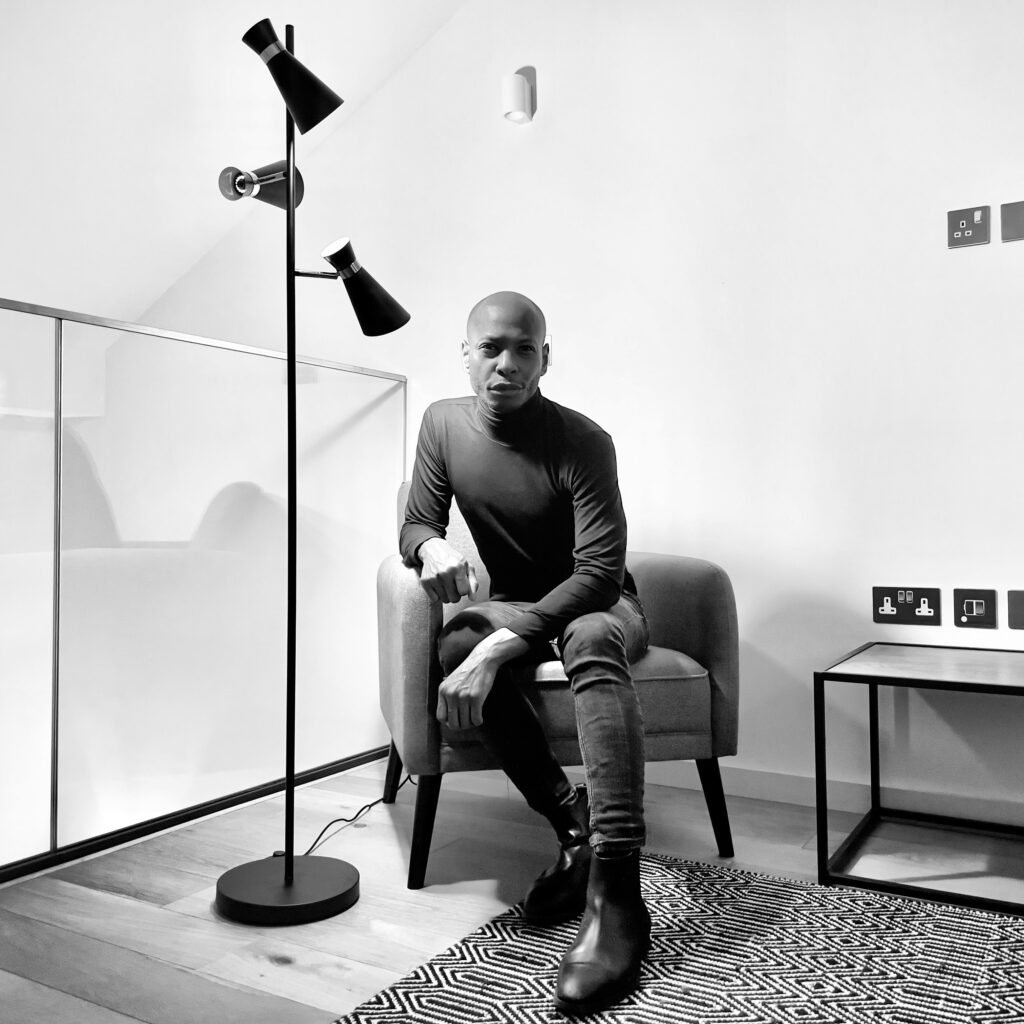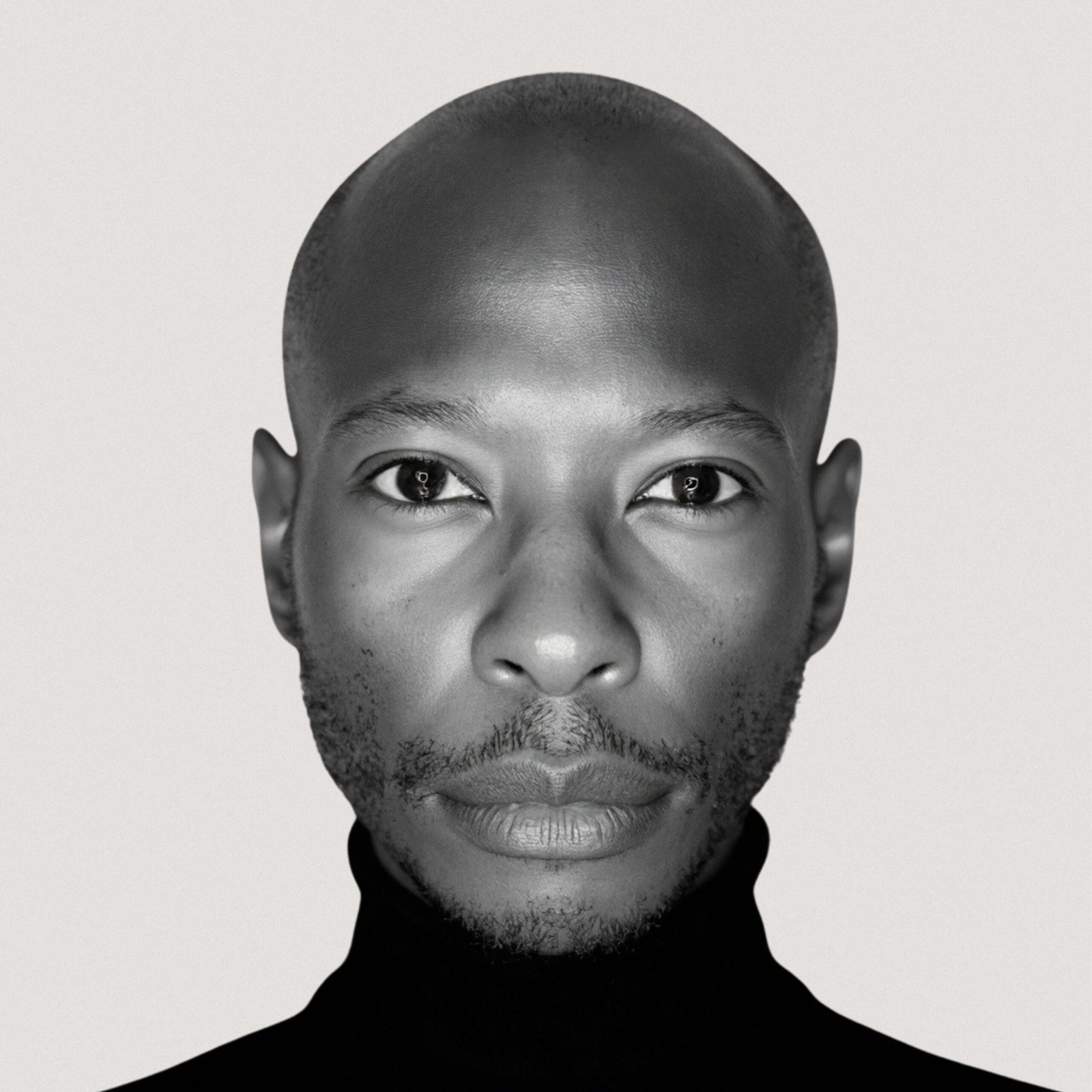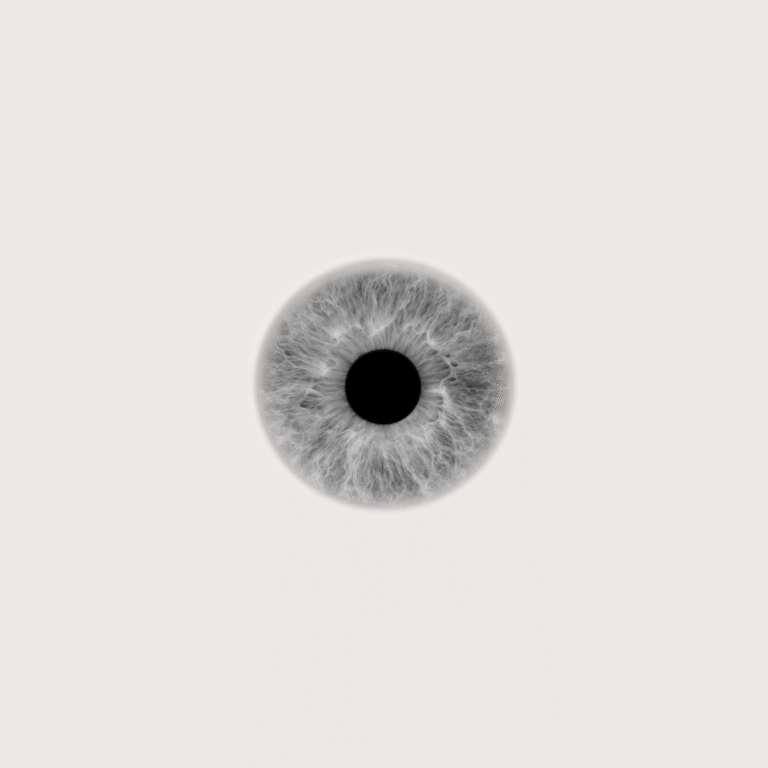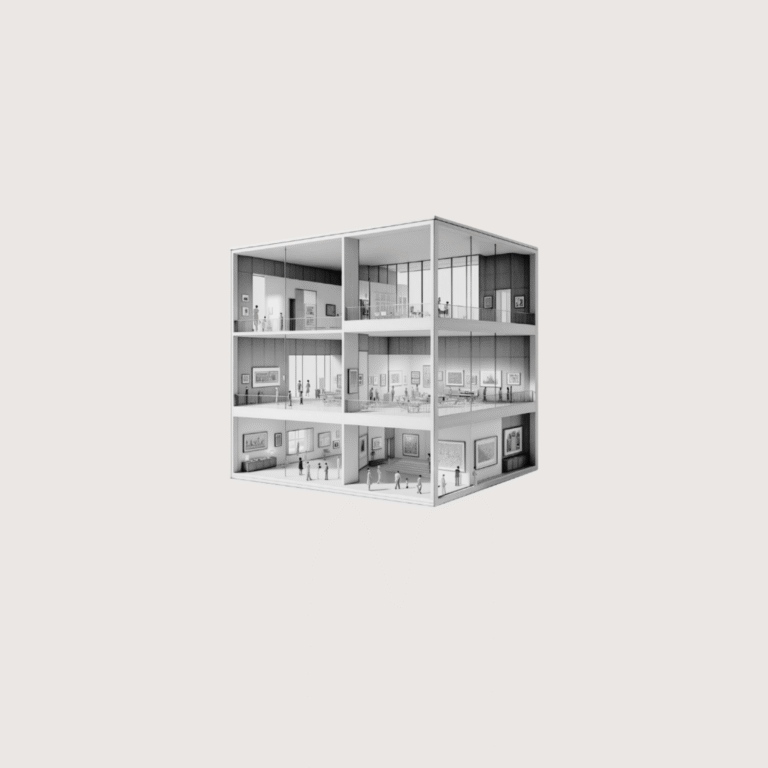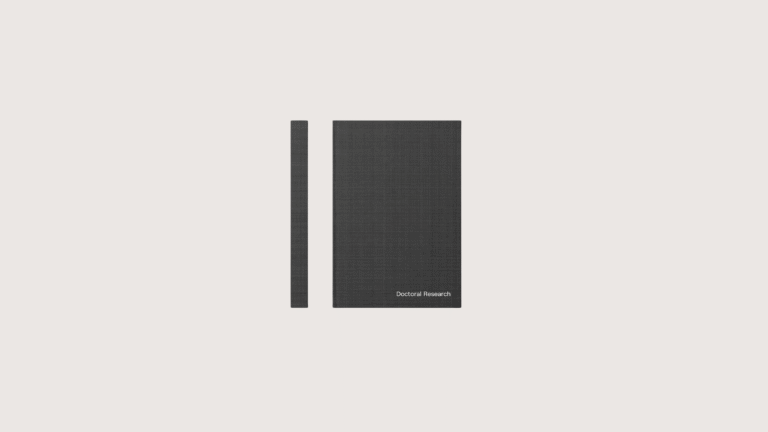
Research
My PhD at the Bartlett School of Architecture, University College London, is developing Production Architecture—a framework for designing immersive, technologically mediated storytelling environments.
Doctoral Research
Production Architecture as a Matrix for Hyper Immersive Reality
My doctoral research explores how immersive technology is transforming storytelling by blending physical and digital spaces. I introduce the concept of Hyper Immersive Reality (HIR) - a medium that moves participants from passive observers to active co-creators through spatially driven, technologically mediated narratives. To support this, I have developed Production Architecture, a framework that combines methods from architecture and film to create coherent, multi-sensory experiences. This approach enables participants to navigate and influence story elements so the narrative unfolds dynamically in real time. Narrative Embodiment, the process by which participants’ physical and emotional engagement becomes integral to the story world enables Production Architecture and a replicable model for immersive storytelling. This work opens new possibilities for interactive theatre, digital installations, and mixed reality, expanding the creative and practical potential of participant-led narrative experiences.
Contact
Say Hello
For questions, collaborations, or just to say hello, feel free to reach out through my contact page. You can also follow along on Instagram for daily updates, connect with me on LinkedIn for professional insights, and join me on TikTok for fun, behind-the-scenes content.
